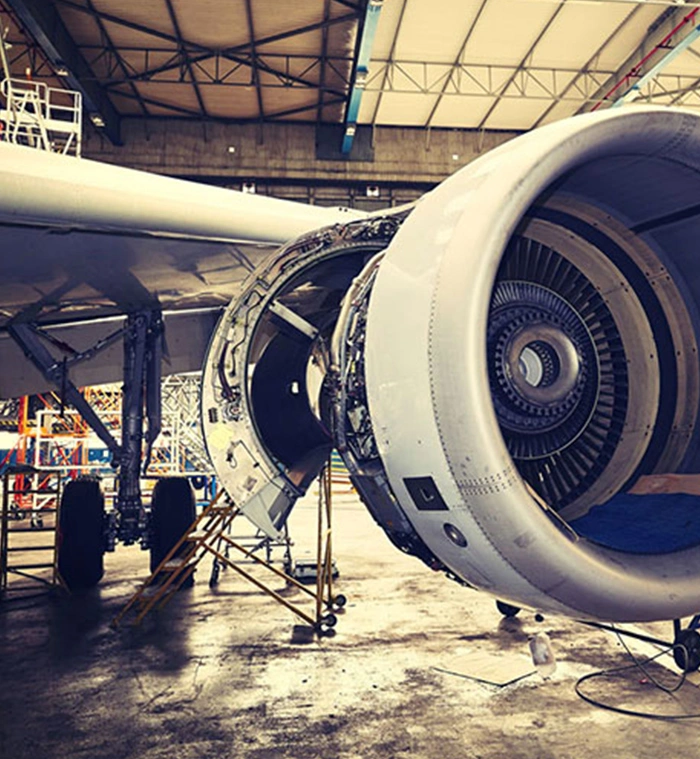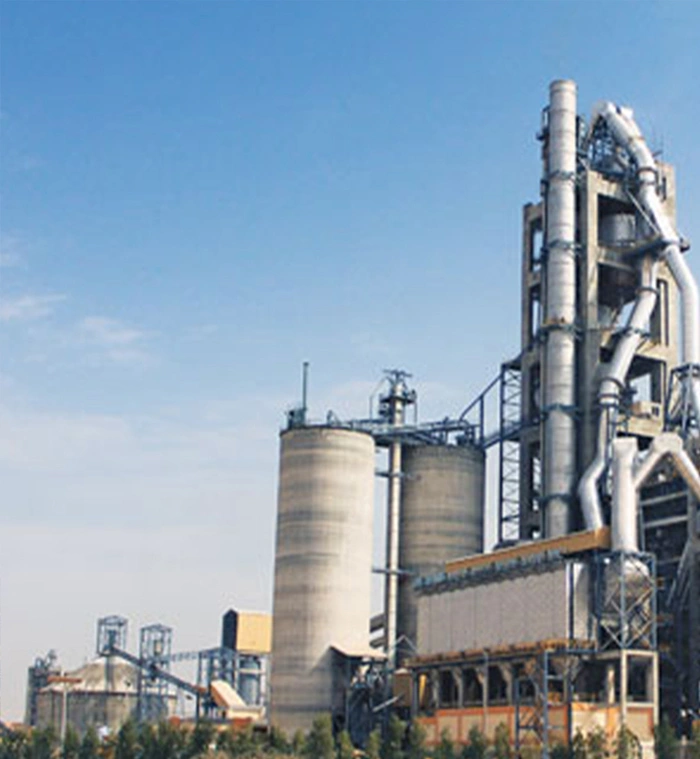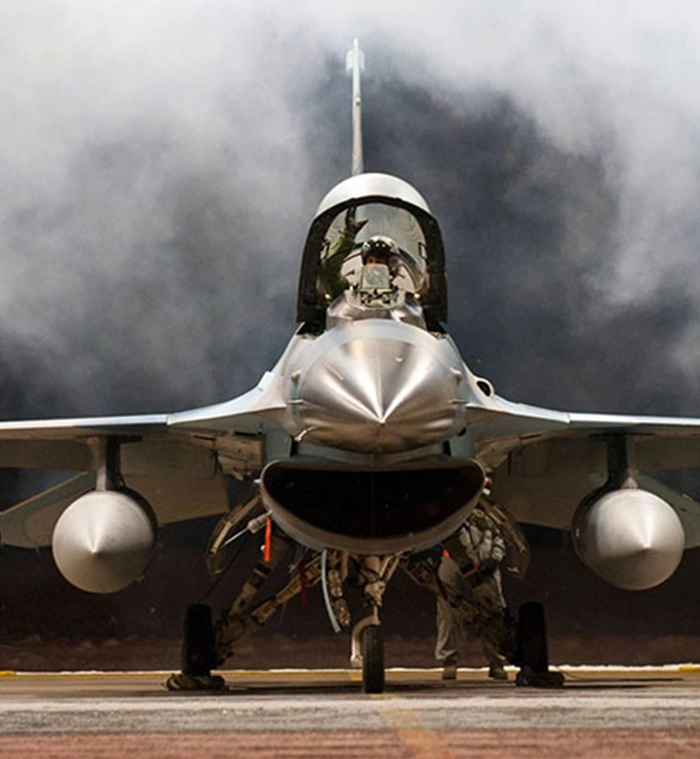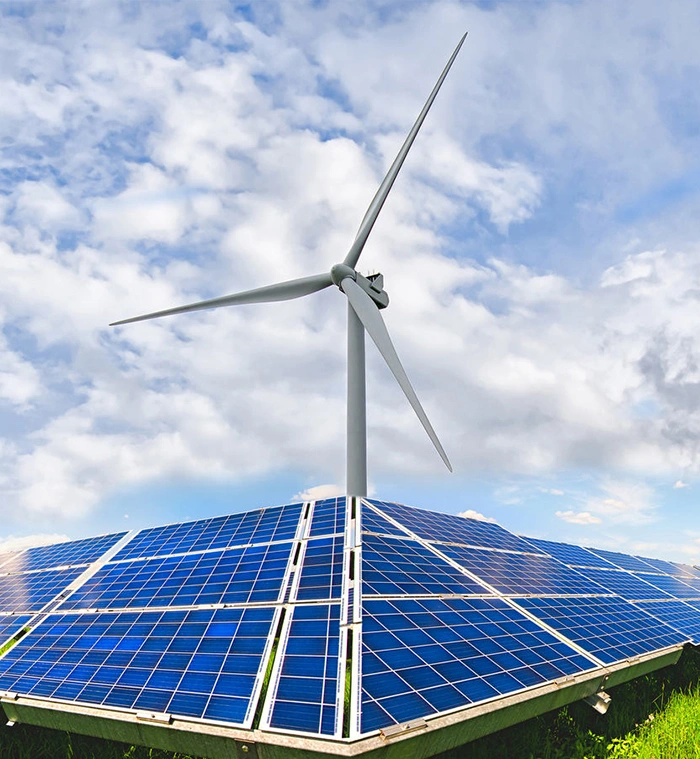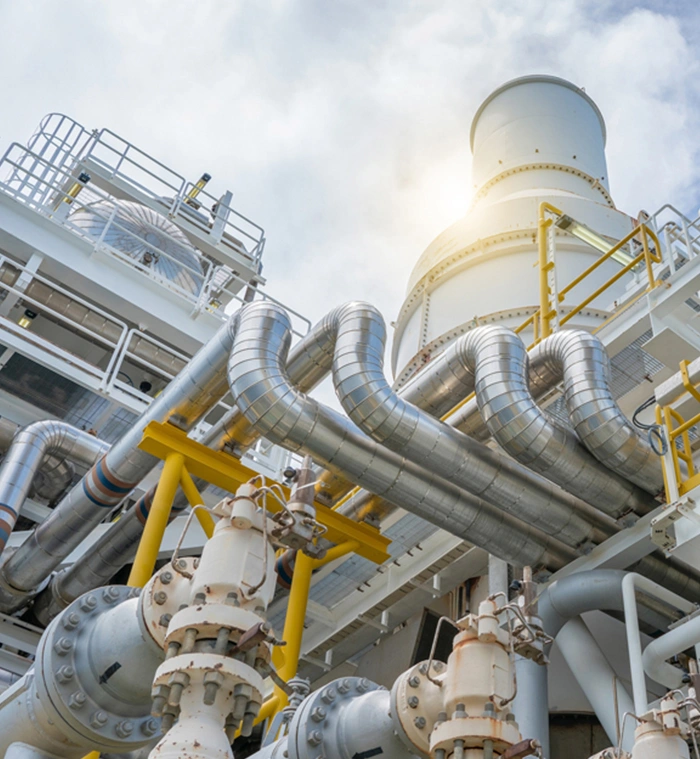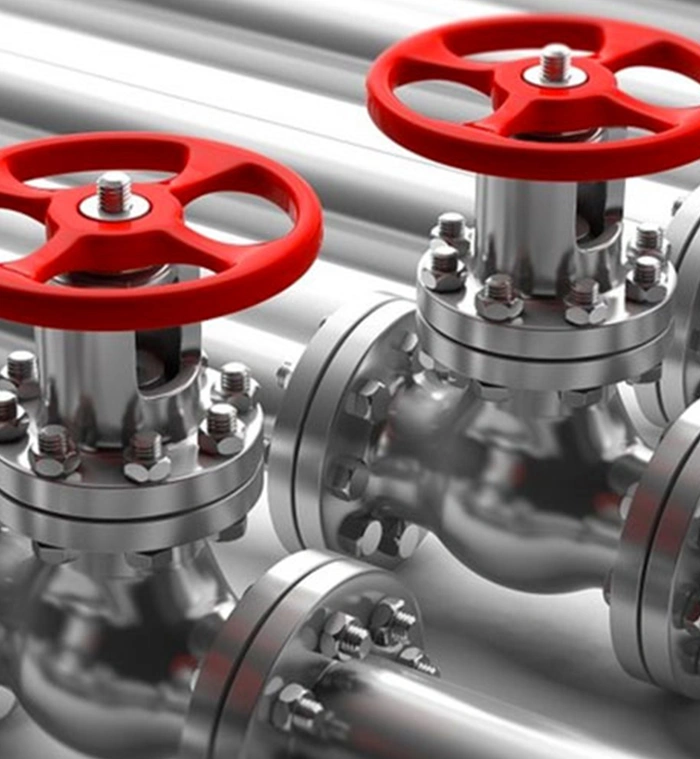Kemlite Piping Solution is a Leading Supplier, Manufacturer, extensive Stockholder of Butt-Weld Fittings products for the Oil, Gas, Petrochemical and Nuclear Industries.
Kemlite Piping Solution offers a buttweld fittings which are a type of pipe fitting used to join sections of pipes or tubes together. They are called "buttweld" because they are welded onto the ends of pipes or tubes by a buttwelding process. They are preferred for their strength, reliability, and leak-resistant welded connections. Commonly used in piping systems across industries such as oil and gas, petrochemical, chemical, power generation, water treatment, and HVAC (heating, ventilation, and air conditioning).
Kemlite piping solution has diverse range of buttweld fittings, including carbon steel, stainless steel, alloy steel, duplex stainless steel, and nickel alloys, among others. We are suppliers, manufacturers and exporters of conecntric eccentric elbow 45, 90 degree reducer fittings in Mumbai, Pithampur, Visakhapatnam, Indore, India, Saudi Arabia, Oman, Kuwait, Qatar, Bahrain, Europe , America & Africa and worldwide. Company may pride itself on maintaining stringent quality control measures throughout the manufacturing process, ensuring that all buttweld fittings meet or exceed industry standards and customer expectations. Kemlite Piping Solution might offer customization options for their buttweld fittings, including non-standard sizes, configurations, and materials, to meet the precise needs of their customers.
| Sizes | ½” NB TO 48” NB |
|---|---|
| Standards | ANSI B16.9 , ANSI B16.28, MSS-SPSP-43 |
| DIN | DIN2605, DIN2615, DIN2616, DIN2617, DIN28011, EN: EN10253-1, EN10253-2 |
| Range |
|
| High Nickel Alloys | ASTM B366- 10A. Hastelloy C276 & C22, Nickel 200 & 201, Monel 400 & 500, Inconel 600 & 625, Incoloy 800 & 825, Alloy-20 & Cupro Nickel |
|---|---|
| Duplex | ASTM A182 / UNS S31803 & S32205 (2205) |
| Super Duplex | ASTM A182 / UNS S32750 (2507) & S32760. |
| Titanum | ASTM B363 -03A, Gr. 1, 2, 3, 5 (6AL -4V) 7,9,11, 12, 23 (6AL-4V ELI) |
| Stainless Steel | ASTM A403 WP TP304, 304L, 304H, 316, 316L, 316H, 316Ti, 309, 310, 317L, 321, 347, 904L |
| Carbon Steel | ASTM A234 Gr. WPB, ASTM A420 Gr. WPL6, ASTM A105, ASTM A350 Gr. LF2 |
| Test certificates | PQC will be Provided & Third Party Inspection |
| Duplex Steel | UNS NO.S 31803, S 32205 |
|---|---|
| Aluminium | 3003 H18, 3003 H112, 6061 T6, 6063 T6, 6351 T5, 6351 T6 |
| Titanium | Gr1, Gr2, Gr5, Gr7, G9, Gr12, Gr23 |
| Carbon Steel | WPBW, WPHY 42, WPHY 46, WPHY 52, WPH 60, WPHY 65 & WPHY 70 |
| Low Temperature Carbon Steel | A420 WPL3/A420 WPL6 |
| Alloy Steel | WP 1, WP 5, WP 9, WP 11, WP 12, WP 22, WP 23, WP 91 |
| Copper Alloy | C70600(90:10), C71500(70:30), C71640 |
| Nickel Alloy |
|
We have latest quality of concentric reducer with long lasting strength and certified standard. Our company is manufacturing various types of reducers in many sizes and shape that suit your requirements at competitive price range.
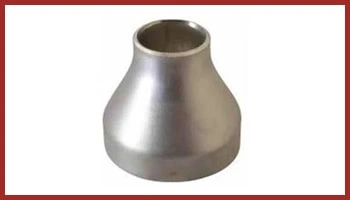
An eccentric reducer is a type of pipe fitting used to connect two pipes of different diameters, where the centerlines of the two pipes are not aligned. Instead of the reducer being symmetrical like a concentric reducer, it has one side that is flat, while the other side is conical.

An end cap is typically a rounded or flat piece of material that is welded, threaded, or glued onto the end of a pipe. It is designed to fit securely over the end of the pipe, providing a tight seal to prevent leakage.
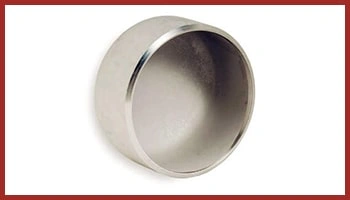
An equal tee typically consists of a T-shaped piece with three equal-sized openings or branches, forming a 90-degree angle between each branch. The design ensures that the flow is divided equally between the three pipes.
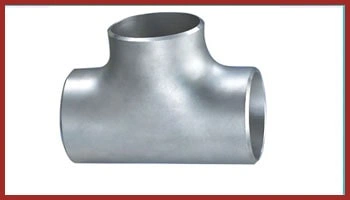
An unequal tee typically consists of a T-shaped piece with three openings or branches, where one of the branches has a smaller diameter than the other two. The design allows for the connection of pipes of different sizes while maintaining the ability to divert fluid or gas flow in three directions.
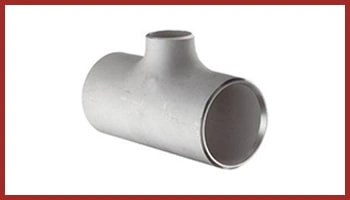
Stub ends consist of a short piece of pipe with one end that is flared out to form a flange, while the other end remains plain or has a buttweld end. The flanged end of the stub end is used to connect to a flange, while the plain or buttweld end is welded to the pipe.
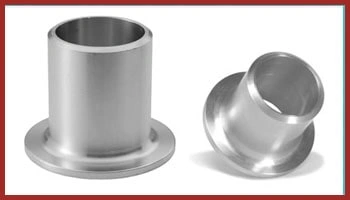
A cross typically consists of a central section with four openings or branches, each at a right angle to the others. The design allows for the connection of four pipes in a cross configuration, enabling fluid or gas flow in four directions.

